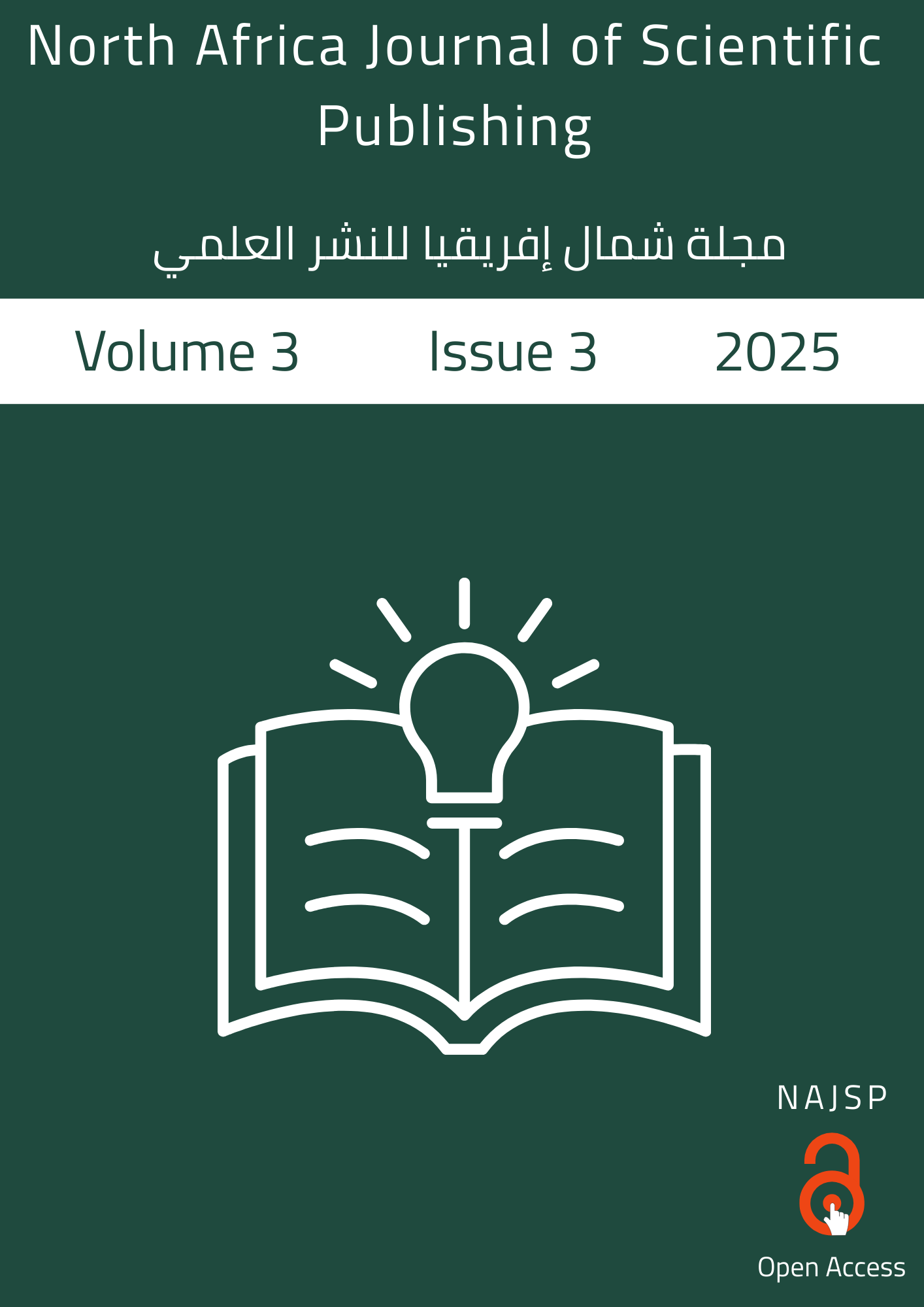Challenges of Implementing and Adopting Cloud Computing in Higher Education: A Case Study Exploring Faculty and Student Perspectives at the Faculty of Science, University of Derna
DOI:
https://doi.org/10.65414/najsp.v3i3.564Keywords:
Cloud Computing, Higher Education, Educational Technology, Cloud-Based Learning, Challenges Of Cloud Adoption In UniversitiesAbstract
The significant developments in the fields of information and communications technology, along with the increasing speed of the Internet, have led many information institutions to adopt cloud computing for their applications. This technology offers users advanced features, such as providing information services to a large number of beneficiaries, storing and processing data, and accessing applications and user services via the Internet without restrictions related to location or time. Therefore, integrating this technology into higher education became necessary to raise awareness about information technology and to equip students and faculty members with the knowledge, skills, and technical expertise needed to improve their performance and incorporate technological innovations into communication and educational processes. This paper aims to explore the possibility of employing cloud computing as a new technological tool at the Faculty of Science, University of Derna, identify obstacles to its implementation in university education, advance university education through modern technology, promote awareness of its importance, and address the fears of professors, students, and administration related to its use. Additionally, it seeks to examine the future of university education in the era of cloud computing. A questionnaire was designed to measure the stratification level and opinions of both students and faculty members about the possibility of employing the cloud computing services in the university of Derna. The two groups have shown high satisfaction for using cloud computing services. However, some major obstacles that may impede employing cloud computing services were determined, such as infrastructural deficiencies, the unavailability of internet, and a lack of enough digital skills by both groups.








